Table of Content
Have you ever noticed your motorcycle accelerating on its own? A self-accelerating motorcycle is difficult to control and poses serious risks to riders and other people sharing the road. People who get involved in spontaneous motorcycle acceleration accidents often face lawsuits seeking compensation for damage to a person or property. This is why addressing a self-accelerating motorcycle issue promptly is crucial.
In the United States, there has been a surge in the number of registered motorcycles. Motorcycles are quickly becoming a popular choice as both a recreational machine and a mode of transportation. Motorcycles are quite affordable in terms of fuel and maintenance costs and also help riders easily navigate traffic and reach their destination on time. In addition to maneuverability in traffic, the sleek silhouette of the motorcycles enables riders to park them in crowded parking lots easily.
The thrill of riding a motorcycle on open roads and the ability to traverse roadless paths for camping, hiking, and other forms of adventure has just given people of all ages more reasons to own and ride motorcycles. In 2017, about 8,392,682 street-legal motorcycles were registered in the United States, and every year, this number is growing exponentially, especially as more riders are taking part in the motorcycle touring movement.
Over the years, motorcycle manufacturing companies have worked extensively to make motorcycles safer by equipping their bikes with traction control, anti-lock braking systems, stability controls, sensors, and other rider aids. These technological advancements have successfully convinced the masses that motorcycles are less dangerous, and by practicing safe riding techniques they can remain safe on the road.
Despite all the advanced safety features, motorcycles are still prone to malfunction and can pose safety risks on the road. Sudden or unintentional acceleration is one of the most common motorcycle glitches that can cause accidents. In this article, find out what sudden or spontaneous motorcycle acceleration is, its causes, potential risks, and remedies.
1. What is Spontaneous or Unintentional Motorcycle Acceleration?

Spontaneous or unintentional motorcycle acceleration refers to a condition in which a bike accelerates on its own without any command from the rider. In many online motorcycle communities, groups, and forums, riders often discuss incidents in which their motorcycles accelerated on their own, especially when riding downhill. Many suggest controlling the motorcycle with braking in these circumstances; however, sometimes a motorcycle also accelerates on its own even while the rider is applying brakes to slow down. Spontaneous acceleration compromises a rider’s safety, making it difficult to maintain control of the bike, and can also lead to both contact and no contact collisions.
Also Read: What is a No Contact Motorcycle Accident
2. Factors Causing Motorcycle Self-Acceleration
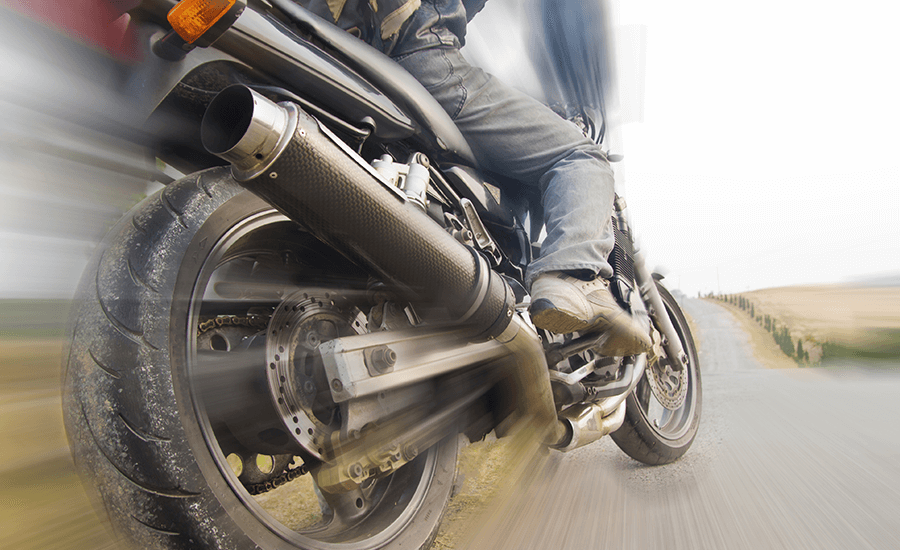
2.1 Throttle-By-Wire System
A self-accelerating motorcycle is often linked to a malfunctioning throttle-by-wire system. When a rider rotates the throttle of a motorcycle featuring throttle-by-wire, the engine control unit receives an electronic signal to control the output of fuel/air mixture according to the rider’s commands. In conventional motorcycle throttle systems, when the rider rotates the manual throttle, the action moves the throttle cable joined with the engine’s throttle control bodies.
The new throttle-by-wire system has replaced the mechanical throttle system and has instead connected the engine control unit with the throttle electrically. The riders’ inputs are translated by computer systems in the bike. If a throttle-by-wire system is flawed, the computer may misread the electrical signal, resulting in the engine providing an unexpected increase in power delivery, catching the rider off-guard, and making it difficult to handle the bike in a timely manner. However, several other reasons cause a motorcycle to accelerate on its own.
2.2 Unresponsive Throttle Cable
If a motorcycle features a conventional throttle cable, and you experience spontaneous or unintended acceleration even after releasing the throttle lever, it is a major sign of an unresponsive or rigid throttle cable.
The motorcycle throttle control consists of a metal wire protected with a tight plastic covering, but despite this casing, the throttle cable can move easily. When you rotate the motorcycle throttle, it causes the air valve to open to ensure adequate oxygen supply to the carburetor for fuel combustion, allowing the engine to generate more power to fulfill a rider’s input for greater acceleration. Due to clogging or dust buildup inside the casing and around the wire, the throttle cable may be unable to move freely. As a result, when you twist the throttle for acceleration, the throttle wire may remain unable to return to the resting position, causing the bike to accelerate on its own. To fix this issue, make sure you clean and lubricate the throttle lever regularly to prevent spontaneous acceleration.
2.3 Damaged Throttle Cable
A malfunctioning throttle cable may also be a major reason behind unintentional and unexpected acceleration of your motorcycle. Motorcycle throttle cables have a finite life expectancy, and if your motorcycle needs a new throttle cable, it may inform you by accelerating on its own. On the other hand, if you have been using the same throttle cable for over a year now, make sure you replace it before experiencing sudden acceleration.
Also Read: Motorcycle Throttle Cable Adjustment Guide
2.4 Lack of Required Free Play
Motorcycle throttle levers have some free play for smoother transitions between different throttle wire positions and to ensure a crisp throttle response. Motorcycle throttle cables with inadequate free play will develop a certain amount of tension. When the rider twists the throttle to accelerate the motorcycle deliberately, the throttle wire moves as prompted. However, the tension in the wire may prevent it from returning to its original position, causing the bike to accelerate when the rider has not prompted it to do so. While performing regular maintenance checks, it is necessary that you also prioritize inspecting the amount of free play of the throttle lever, which should rotate 2-3 mm easily.
2.5 Defective Throttle Position Sensor
In fuel-injected motorcycles, the throttle valve comes with a monitor that senses and interprets the throttle position. A malfunctioning throttle position monitor sends incorrect signals or inputs to the engine control unit, causing the motorcycle to accelerate on its own. Here are some of the most widely known signs of a defective throttle position sensor, in addition to spontaneous acceleration: reluctant acceleration despite riders’ commands, engine stalling, sporadic engine light, and irregular diagnostic indicators.
To fix motorcycle self-acceleration due to a defective throttle sensor, make sure to have it tested by a trustworthy mechanic at every service interval. If a malfunction is detected, replace the TPS without delay.
2.6 Carburetor Malfunction
Motorcycles that lack sophisticated fuel injection systems feature carburetors responsible for supplying fuel/air mixture to the engine for power generation and delivery. A clogged carburetor hinders adequate fuel/air mixture supply to the engine, negatively impacting your motorcycle’s acceleration. Poor quality fuel is a major cause of clogged carburetor fuel lines/ In addition, a carburetor malfunction can lead to spontaneous motorcycle acceleration. The only solution to this problem is replacing the existing carburetor with a new one to ensure a smooth and safe riding experience.
2.7 Engine Control Unit (ECU) Malfunction
Contemporary motorcycles boast several high-end technologies, one of which is the sophisticated engine control unit. The ECU collects input from various detectors and regulates the fuel supply accordingly. If your motorcycle’s engine control unit has developed a glitch, it can cause your motorcycle to accelerate on its own. To fix this issue, special diagnostic tests are required, and your certified mechanic may also need to update or renew the entire system for correct ECU mapping.
3. Potential Hazards of Riding a Self-Accelerating Motorcycle

Self-accelerating motorcycles are extremely dangerous as they make it impossible for the rider to predict when and how much they will accelerate, giving the motorcyclists no time to react and try to regain control of the situation. Typically, a self-accelerating motorcycle almost always causes accidents, unless you are riding them on deserted streets or areas with very little traffic flow. Due to the higher risk of road accidents, self-accelerating motorcycles have been associated with many severe injuries, including brain injuries, fractures, herniated discs, broken bones, cuts and bruises, and even death. Even if riders equip their motorcycles with crash bars the risk of sustaining serious injuries remains.
In addition to injuries and wrongful casualties, self-accelerating motorcycles may lead to legal consequences, including hefty fines. Riders also suffer financial losses when a self-accelerating motorcycle collides with a building or a tree. When riding around town, a self-accelerating motorcycle can also make roads less safe for pedestrians or cause damage to others’ property.
4. How to Repair a Self-Accelerating Motorcycle
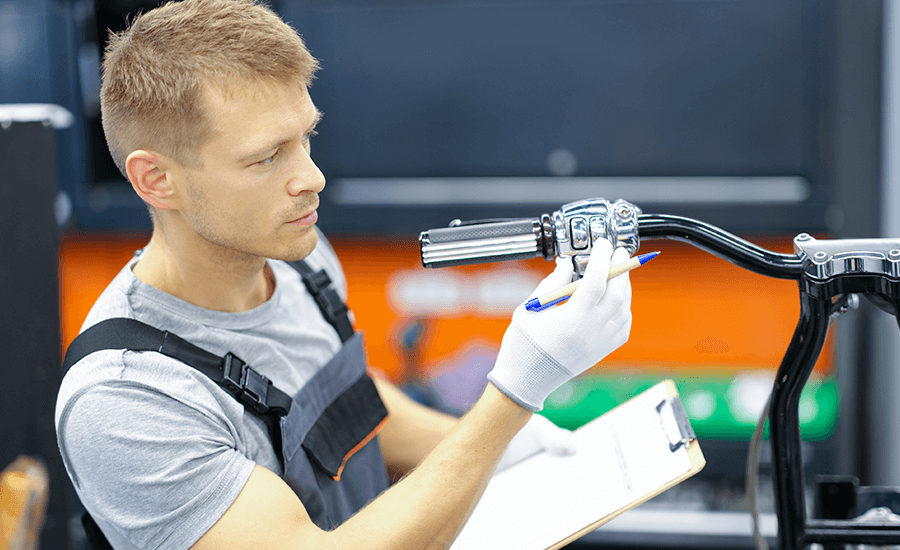
As discussed, the primary reason why your motorcycle is accelerating on its own is due to the poor performance of the throttle system, internal defects, and maintenance issues. Many times, motorcyclists ignore the maintenance of the bike's throttle levers, position sensors, and cables. Lack of maintenance results in sticky or unresponsive throttle, insufficient free play, and other related issues. Here are some quick tips to ensure your motorcycle does not experience self-acceleration due to a bad throttle.
- Inspect throttle lever free play.
- Clean the throttle casing and lubricate the wiring regularly.
- Replace the throttle cable every 12 months.
- In case your motorcycle features throttle-by-wire and engine control units, make sure you get your motorcycle serviced timely. Consider getting your motorcycle serviced at an authorized dealership to ensure that your motorcycle mechanic has proper training and certifications to run all the required diagnostic tests.
- Also make sure to get your motorcycle’s throttle position sensors tested at an authorized motorcycle dealership, especially after a long motorcycle trip.
5. Tips to Control a Self-Accelerating Motorcycle
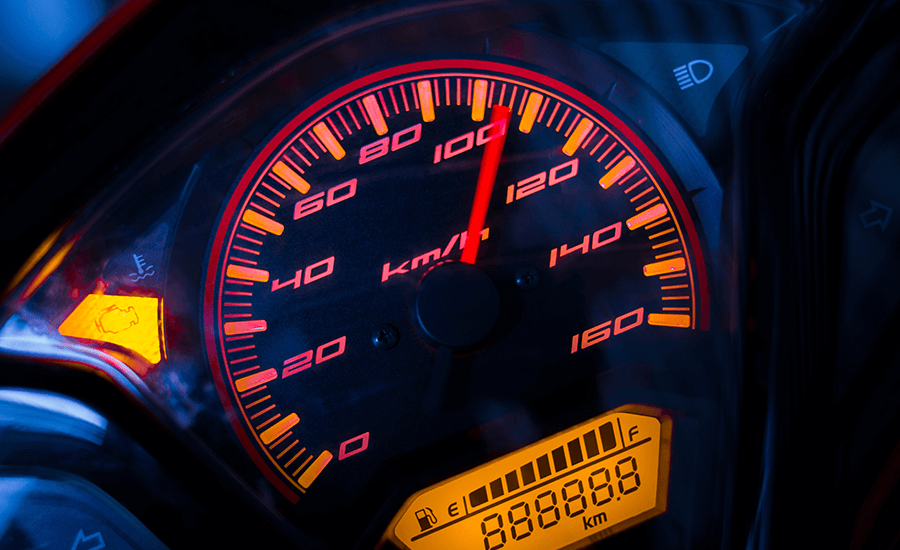
Riding a motorcycle is an exhilarating experience; however, if a motorcycle refuses to function according to the riders’ inputs or misinterpret their commands, then the same motorcycle becomes a life risk, no matter how many state-of-the-art safety features it is equipped with. At times, your motorcycle begins self-accelerating when you least expect it, and it is important to know how to handle the bike in such circumstances.
Try to use braking to cancel the forward acceleration. Also, try not to panic when your bike refuses to slow down.
When riding on open roads, activate your emergency indicators and try to steer your motorcycle toward the emergency lane. Once you reach the emergency lane, control the bike’s acceleration using the clutch lever and bring it to a complete stop.
Turn off the ignition to safely inspect the throttle system for any visible signs of malfunction.
Rotate the throttle cable to check the free play and also confirm whether the wire returns to the resting position after you release the lever. If it doesn’t return to the original position, it is a clear indication of a throttle sensor position malfunction or a defective engine control unit.
It is recommended that you keep a road assistance card and have contacts for towing truck services or mobile mechanics. They can help you safely move your motorcycle to the nearest authorized dealership or a motorcycle repair shop.
6. Last Words
It is the sole responsibility of riders to ensure that their motorcycles are functioning properly before taking them out on the road. Routine checks and service intervals can help prevent malfunctions that cause the motorcycle to accelerate on its own. If you find your well-maintained motorcycle self-accelerating in the middle of a ride, be sure to steer it to a safe place and bring it a halt instead of ignoring the signs and continuing the ride. Practicing proper motorcycle maintenance is crucial to ensure that the roads are safe for you, other riders, and pedestrians.

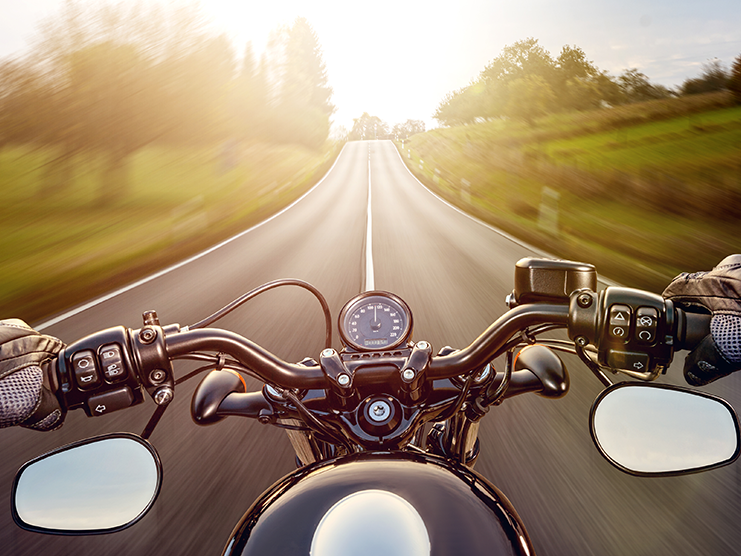









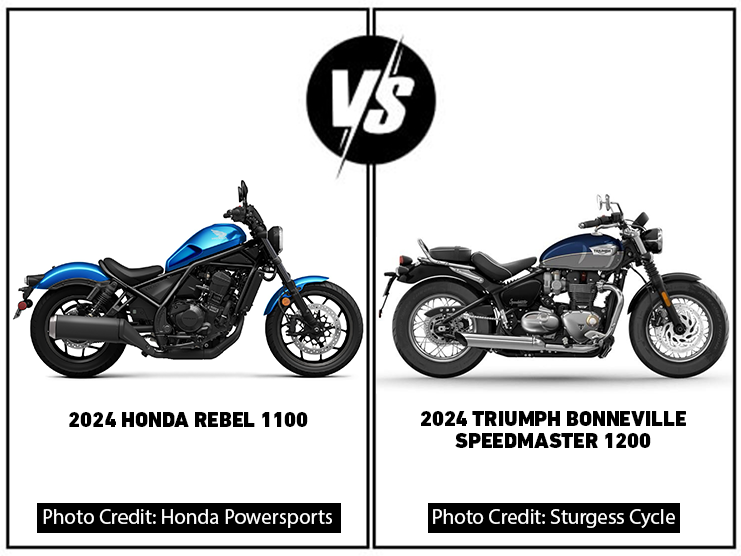

Leave a comment
All comments are moderated before being published.
This site is protected by hCaptcha and the hCaptcha Privacy Policy and Terms of Service apply.